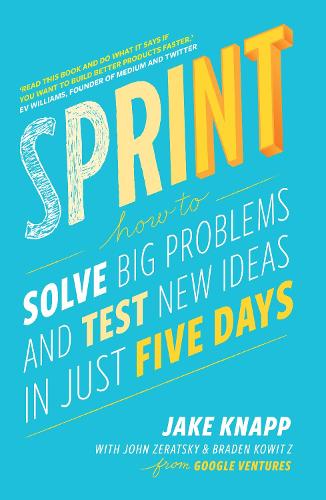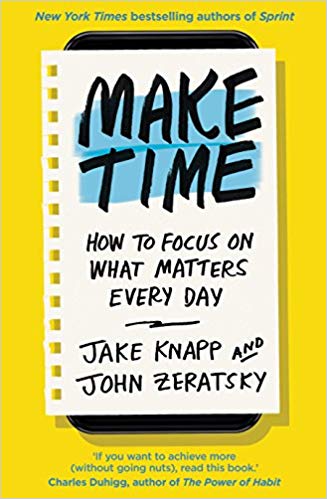


The 5-day timeframe is long enough to develop good solutions, yet short enough to force people to stay focused. Sprints can be used by almost anyone to solve real-world problems and make your workdays more efficient and meaningful.īasically, sprints allow you to fast-forward into the future to figure out (i) if an idea would work, and (ii) what are the risks and challenges you must address for it to work. Why Bother with Sprints?Ī good idea, when executed properly, can bring huge payoffs. This book distills their insights into a detailed blueprint for running sprints in just 5 days. Knapp’s team continued to test and refine the sprint process, and also ran 100+ sprints with Google Venture (GV) start-ups. After he joined Google, he invented Sprints, which quickly became a hit in Google. He started to research and experiment with productivity and process improvements. Like many people, Jake Knapp was frustrated with his busy but unproductive work days. Do get more details from our complete book summary bundle in text, infographic, and audio formats. In this Sprint summary, we’ll outline the key principles and steps involved in running a design sprint.

These insights can be applied to any organization or challenge. Specifically, this step-by-step guide will show you how to define your target, find a solution, create and test a prototype within 5 days. In this book, Jake Knapp-the inventor of Sprint-explains how you can compress your design-thinking to significantly reduce the risk of launching a new innovation or product. A design sprint is an accelerated approach to innovation and problem-solving.


 0 kommentar(er)
0 kommentar(er)
